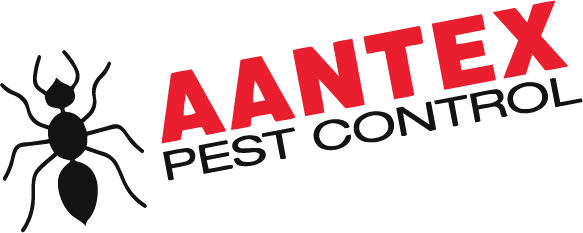The luxury of warming up in the summer sun is one that rattlesnakes appreciate as much, if not more, than us. Rattlesnakes are very common in our area. And although we’d like to think they stay close to the open spaces, many of our homes share borders with public spaces. That would make finding a rattlesnake sunning on your pool deck is not too far from a potential reality. Learn a bit more about rattlesnakes, how to make your home inhospitable to them, and how to partner with a professional pest management company to keep your home safe.

Rattlesnakes seen in Contra Costa County
Rattlesnakes in the Wild
A rattlesnake is distinguished from other snakes by its triangle-shaped head that is noticeably larger than the neck. Rattlesnakes also have a dusty-colored body with a blunt tail with one or more rattles. In general, rattlesnakes blend in incredibly well with their environment. Chances are good you will hear the warning rattle of a snake before your eyes can focus and see one.

Diamondback Rattlesnake

Rattlesnake
When rattlesnakes feel threatened, they will vigorously shake the rattles on their tail as a warning sign. If you live in an unlandscaped area or are exploring the open spaces throughout our community, keep your eyes peeled, and your ears pendant to the sight and sounds of a snake. As the days warm-up, snakes will come out to warm up in the sun. In general, rattlesnakes are not interested in people and will avoid them. However, if one gets surprised, they will lash out.
Eastbay Regional Park District has a very informative brochure on the common types of snakes that are known in our area: Common Snakes in East Bay Regional Park District
Tips to Avoid Disturbing Snakes
- When outside on walks or hikes, look at the ground ahead.
- Be sure to look carefully around and under logs and rocks before sitting down
- Avoid placing your hands and feet where you can’t clearly see.
- Check surroundings around picnic tables, campsites, and barbecues before using them
- If you find a rattlesnake in a picnic or camp area, notify a park ranger or staff. Do not disturb it.
- If you see a snake you can’t identify, give it plenty of room and leave it alone
How To Make Your Home Inhospitable to A Rattlesnake
First, it is essential to realize that there are not 100% sure ways to ensure a snake never comes into your yard or living space. But, there are steps you can take to reduce and limit rattlers from making your yard their home.
- Seal crevices: Seal openings where a snake might like to set up their homes. Seal the clearance of door bottoms, weep holes, and spaces under eaves.
- Clean up your yard. Get rid of areas a snake might like to make their nest or hide. Remove debris, piles of boards, tin, sticks, and leaves, or piles of bricks and stones. Even piles of vegetation are inviting.
- Get rid of food sources. Rattlesnakes love rats and mice. If you reduce the rodent population, snakes will have no reason to stay. By minimizing the spaces where rodents can live, or reducing their food sources, they will leave — and so will the snakes.
- Consider a snake-proof fence. If you do share borders with open spaces where rattlesnakes are known to live, consider installing a snake-proof fence. The investment is costly – but ideal for families with small children.
Work With a Pest Management Company
First and foremost, if you find a rattlesnake in your property, immediately call so the snake can be safely removed and placed in a location where it will be free from human interaction. However, proactively, working with a local pest control company will allow you to clean up your yard, reduce rodents and help create a safe space for your family that is uninviting and undesirable to a snake. To set up a free consultation or ask questions, contact us online or call us at 925-240-5100.
AANTEX Pest Control offers a variety of free inspections and services the entire Bay Area. 1-800-471-5555


